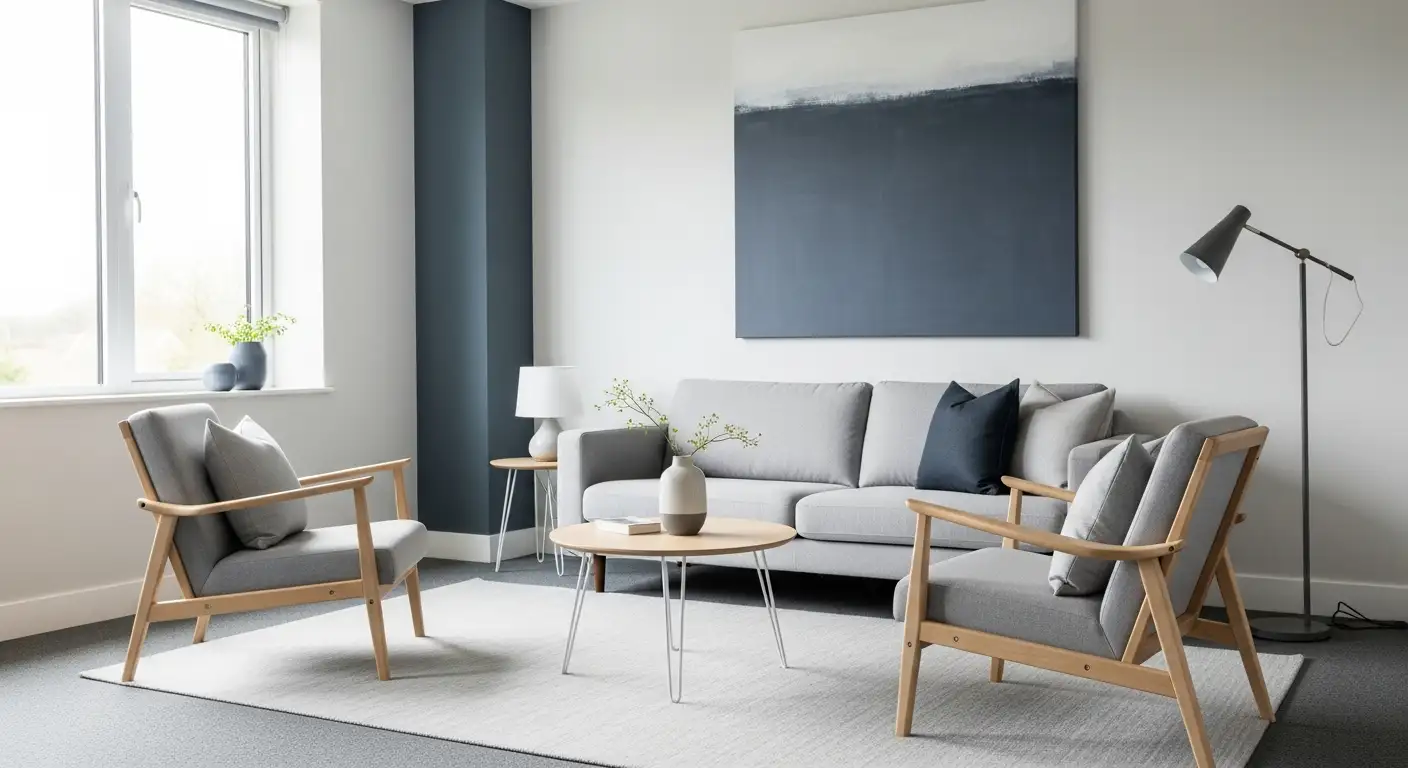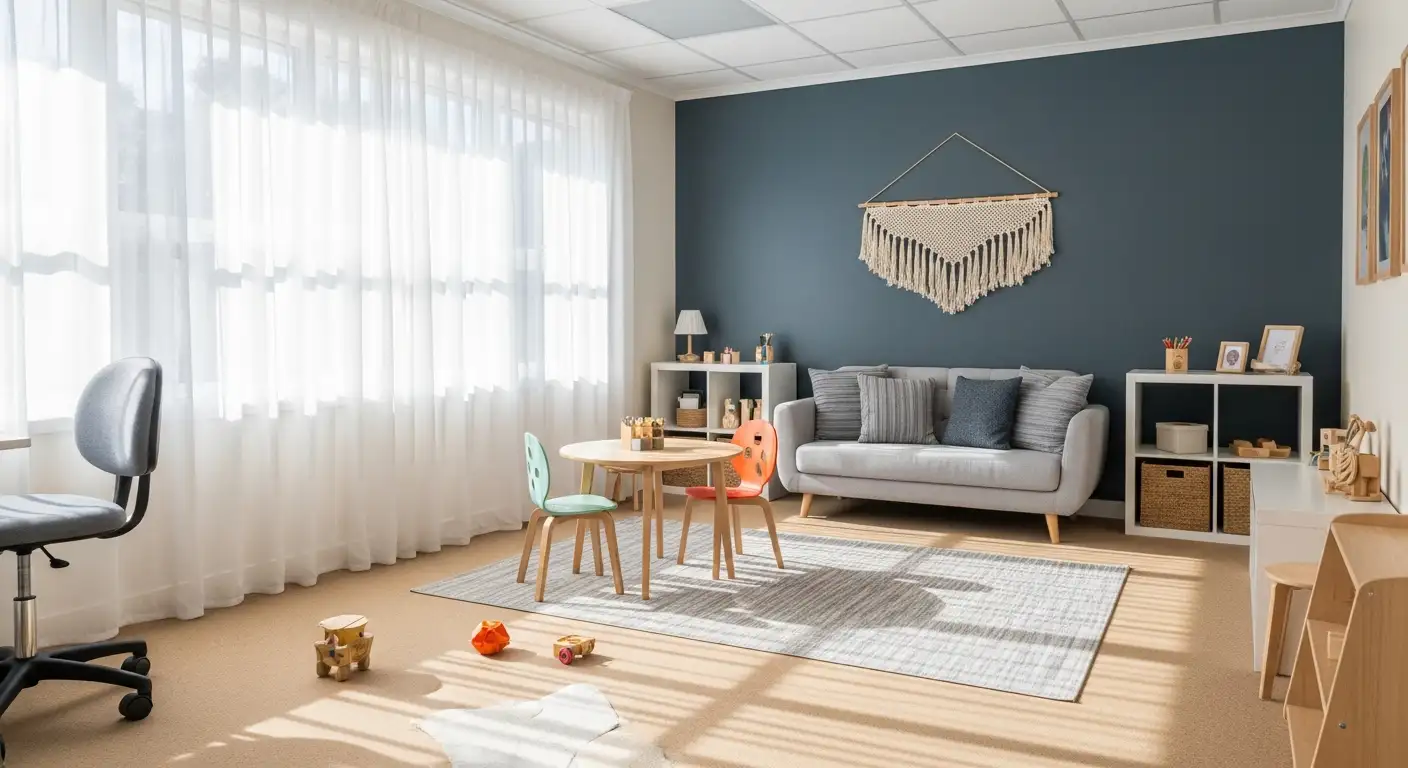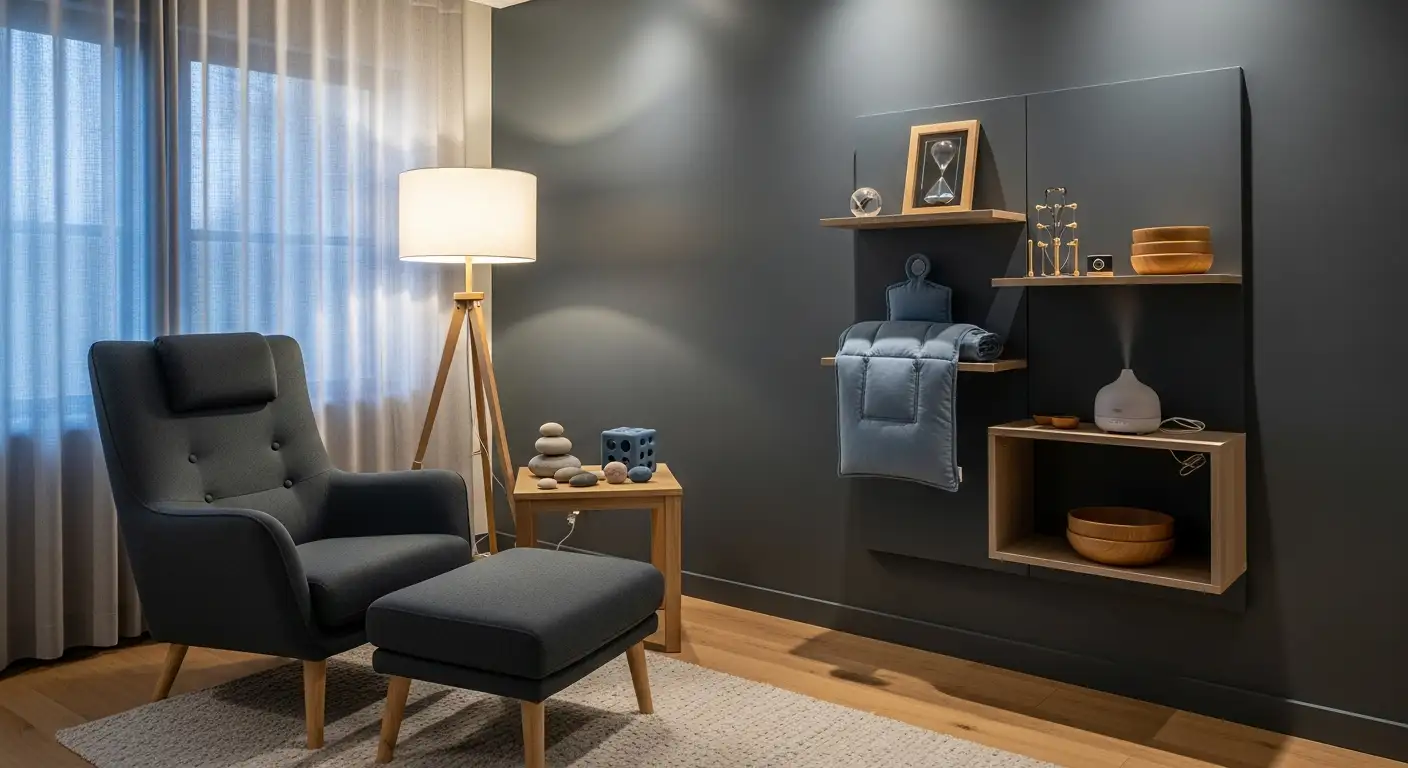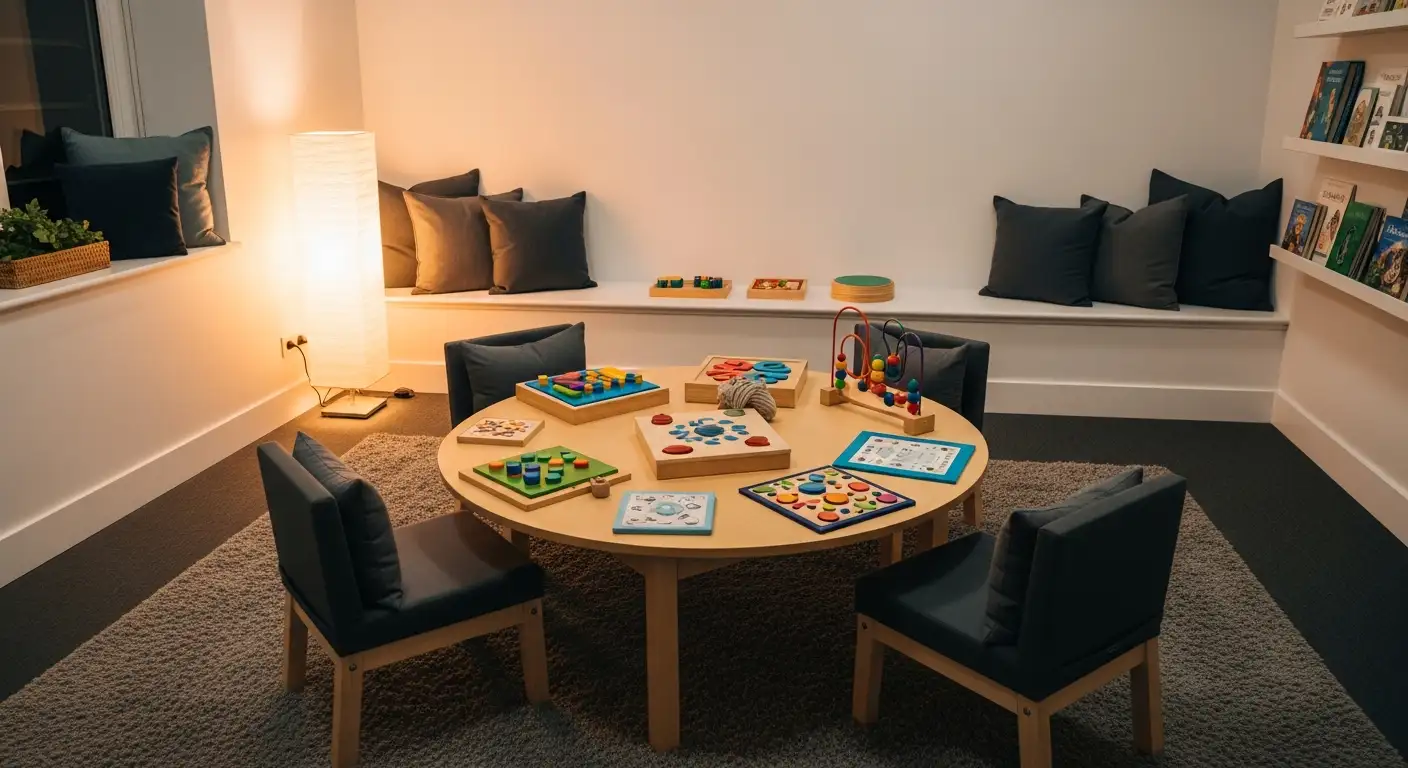Understanding the Importance of Sensory-Friendly Spaces
Sensory-friendly spaces are specially designed environments that cater to the unique sensory needs of autistic children and other neurodivergent individuals. These environments aim to reduce sensory overload, promote emotional regulation, and foster independence, thereby enhancing overall quality of life. From classrooms to public venues, creating such spaces involves thoughtful consideration of lighting, sound, textures, and visual stimuli to ensure comfort and accessibility for all. This article explores the crucial role of sensory-friendly environments in supporting autistic children, detailing their design, benefits, and integration into various settings.
Defining Sensory-Friendly and Autism-Friendly Environments
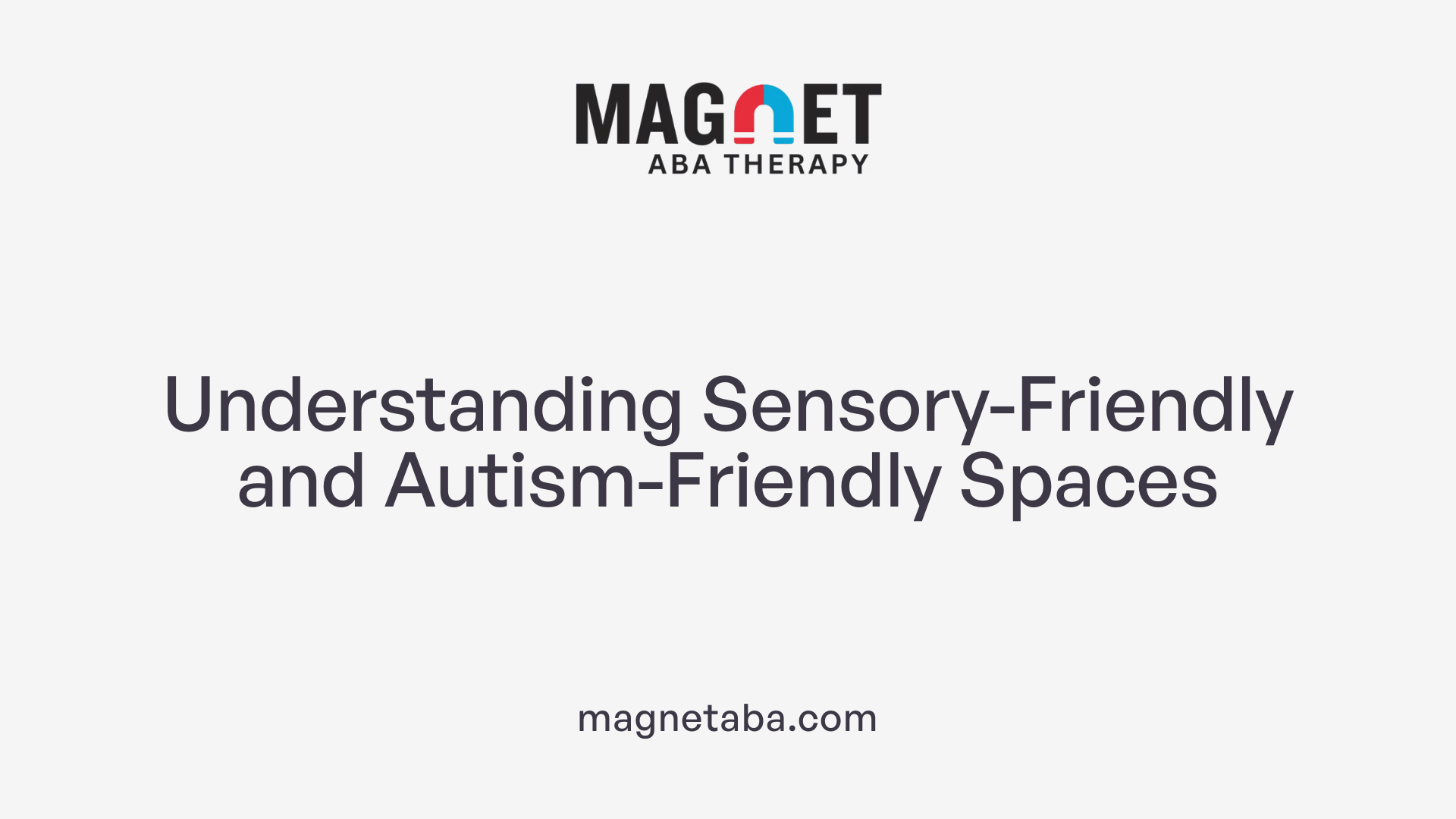
What are sensory-friendly spaces for autism?
Sensory-friendly or autism-friendly environments are specially designed spaces that help meet the sensory needs of individuals on the autism spectrum. These environments focus on reducing overwhelming stimuli like harsh lights, loud noises, and strong smells, making the space more comfortable and less stressful.
In these spaces, sensory elements such as soft lighting, quiet zones, and sensory tools like fidget toys or weighted blankets are incorporated. They aim to create a balance of stimulation tailored to individual preferences, whether calming or engaging.
How do they support participation and comfort for autistic children?
Creating sensory-friendly environments promotes inclusion by enabling autistic children to feel more comfortable in social, educational, or recreational settings. These spaces help minimize sensory overload, which can lead to distress or withdrawal.
Supportive sensory environments foster participation by reducing anxiety, increasing focus, and encouraging independence. Children can explore activities at their own pace, feel more in control, and build confidence in their abilities.
Sensory rooms and calming corners serve as retreat spots where children can self-regulate, calm their arousal levels, and prepare to re-engage with their surroundings. This prepares them for better social interaction, learning, and participation.
Overall, sensory-friendly spaces are vital for enhancing the daily experiences of autistic individuals, ensuring they can partake in activities comfortably, learn effectively, and develop emotional resilience.
Designing Sensory Spaces: Elements and Strategies
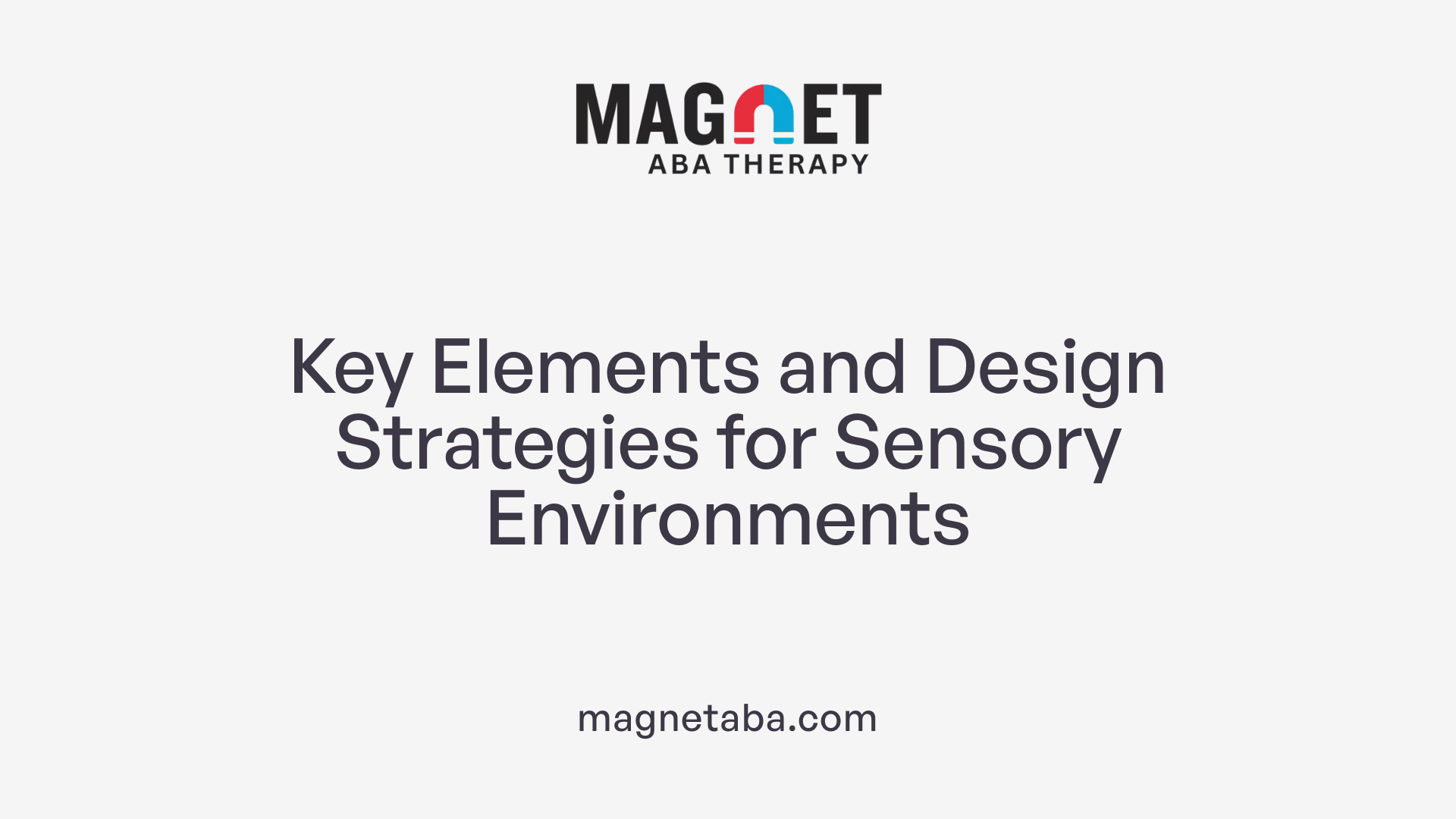
What are the key considerations in creating sensory environments?
Creating effective sensory spaces involves understanding and accommodating individual sensory needs while minimizing potential overwhelming stimuli. Essential considerations include reducing visual and auditory overload through adjustable lighting and noise control, providing a variety of sensory tools such as fidget toys, weighted blankets, and tactile materials, and designing spaces that are easily accessible and flexible. Incorporating calm areas like quiet zones, sensory rooms, or calming corners ensures that individuals have a retreat when overwhelmed, promoting emotional regulation and comfort.
A well-planned environment combines visual supports like schedules and cues with physical comforts and sensory materials tailored to the user's preferences. Creating a balance between stimulation and calmness helps individuals with sensory processing challenges to feel secure and engaged in their surroundings. Implementing these considerations creates spaces that are not only functional but also promote wellbeing and inclusivity.
What elements such as lighting, noise control, sensory tools, and visual supports are important?
Designing sensory-friendly spaces hinges on integrating several critical elements:
| Element | Purpose | Additional Details |
|---|---|---|
| Adjustable Lighting | To control brightness and eliminate harsh lights | Use dimmable lights, fairy lights, or bubble lamps to create calming ambiance |
| Noise Control | To reduce distraction and noise overload | Install soundproofing, provide noise-canceling headphones, and use soft background sounds |
| Sensory Tools | To engage and calm the senses | Include tactile objects, fidget toys, weighted blankets, and textured mats |
| Visual Supports | To aid understanding and predictability | Visual schedules, cue cards, and signage help reduce anxiety |
These elements work together to craft a sensory environment that responds flexibly to individual needs, fostering comfort and focus.
Why are quiet zones, sensory rooms, and calming corners vital?
Quiet zones, sensory rooms, and calming corners serve as safe havens that enable individuals to self-regulate and recover from sensory overload. These spaces are decorated with soothing colors and equipped with calming sensory materials such as soft lighting, gentle sounds, and tactile objects.
They help prevent distress, reduce anxiety, and promote emotional stability. For children and adults with autism or sensory processing challenges, these dedicated areas are vital for maintaining mental health and engagement. They are adaptable, often including features like weighted blankets, sensory walls, and soft seating, creating a calming environment where users can recharge.
Designing these spaces thoughtfully ensures that individuals have accessible options for managing stress, which leads to better participation in daily activities and social interactions.
Types of Sensory Rooms and Their Functions
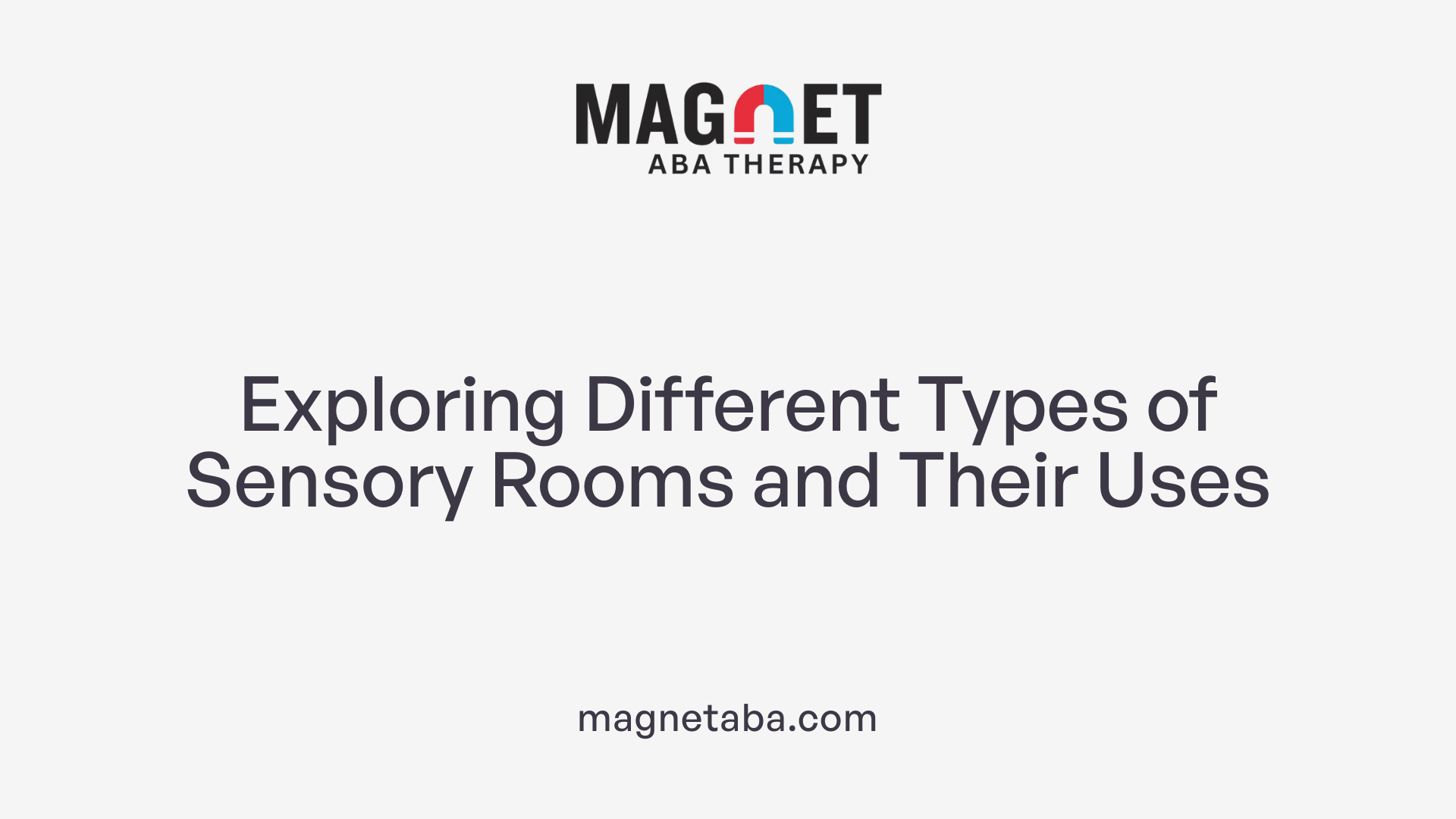 Sensory rooms come in several variations, each tailored to meet specific needs of individuals with sensory processing challenges.
Sensory rooms come in several variations, each tailored to meet specific needs of individuals with sensory processing challenges.
Active sensory rooms encourage movement and engagement, often featuring equipment like mini-trampolines, balance beams, or swing chairs. They help children and adults release energy and promote physical coordination.
Calming sensory rooms focus on creating a peaceful environment with dim lighting, soft textures, and soothing sounds. These spaces aid in emotional regulation, helping users to relax and reduce sensory overload.
Hybrid sensory rooms combine elements of both active and calming spaces. They provide versatile options so individuals can switch between engaging in movement and calming down, according to their sensory needs.
Snoezelen rooms are specially designed multi-sensory environments using controlled lighting, tactile stimuli, and gentle sounds. These spaces are often equipped with tools like bubble lamps, fiber optic lights, and soft tactile panels to create a soothing atmosphere.
Each type serves a distinct purpose: active rooms support sensory seeking behaviors and physical activity, calming rooms address anxiety and overstimulation, while hybrid environments offer flexible solutions. These spaces effectively support emotional, sensory, and behavioral regulation for individuals with autism, ADHD, and other sensory needs.
Whole-School Approaches and Public Spaces
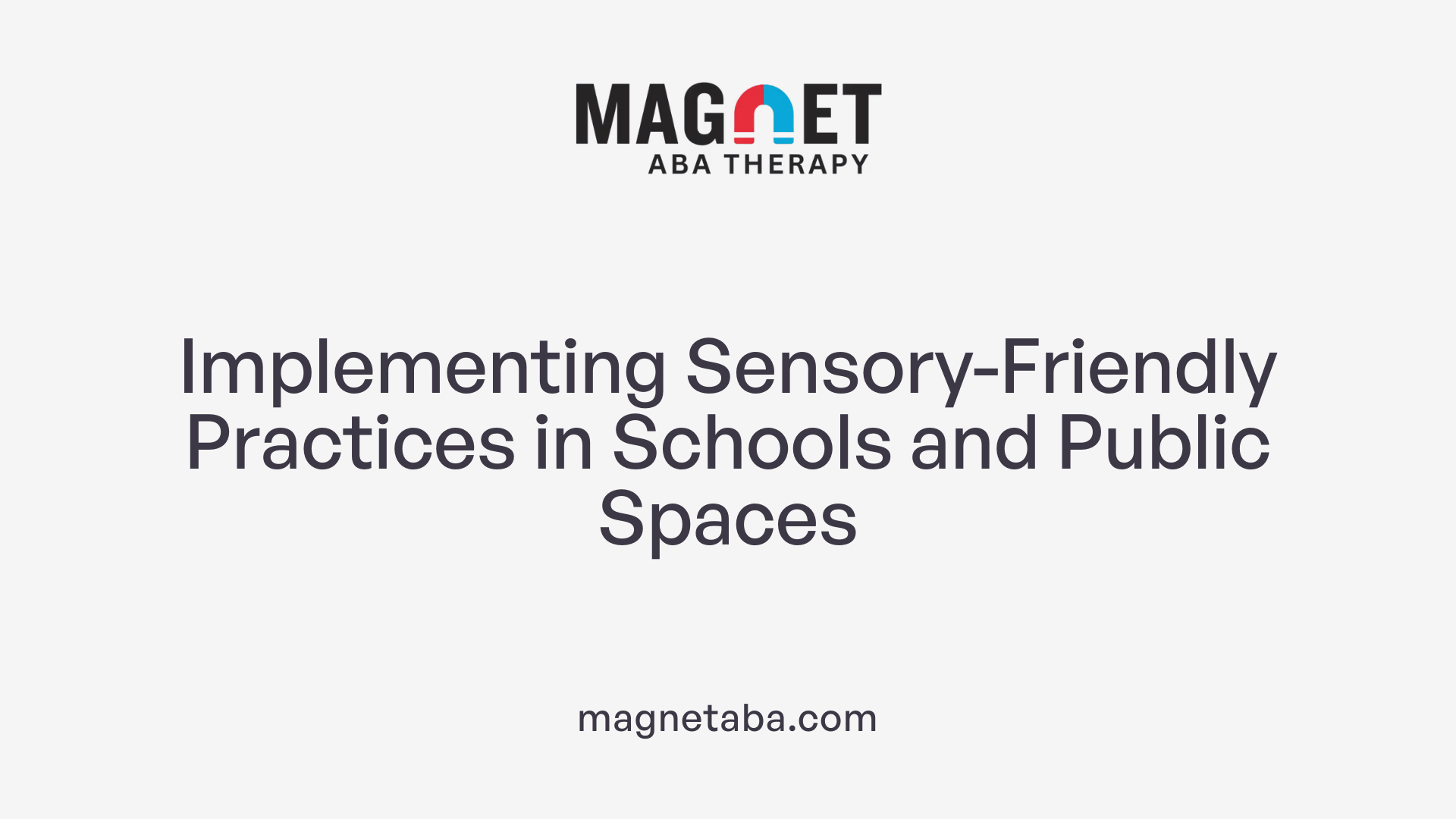
Implementing sensory-friendly practices school-wide
Creating an inclusive environment across an entire school involves multiple strategies. Schools can reduce visual stimulation by organizing cluttered spaces and incorporating calming colors. Embedding sensory resources, such as fidget tools, noise-canceling headphones, and visual schedules, helps students regulate their sensory input.
Developing designated calm zones or sensory rooms within the school provides students with safe spaces to self-regulate when overwhelmed. Adjustments to lighting, such as using dimmable or soft lighting, combined with noise control measures like acoustic panels, further support sensory needs.
Flexible seating arrangements and visual cues, including visual timetables and social stories, prepare students for daily routines and transitions, reducing anxiety and sensory overload. Routine incorporation of sensory breaks and movement activities also contributes to a supportive environment.
Creating sensory spaces in public institutions like libraries, museums, and airports
Many public institutions are enhancing accessibility by designing sensory-friendly experiences and spaces. Libraries offer quiet zones and sensory kits to foster calmness.
Museums may host sensory-friendly days with adjusted lighting, reduced noise, and accessible exhibit layouts. Performing arts centers might feature sensory-friendly performances with lower sound volumes and softer lighting.
Airports are creating sensory rooms and providing sensory maps or quiet trails for travelers, especially children with sensory processing challenges. Clear signage and designated quiet areas help visitors prepare and reduce stress.
These adaptations promote inclusive experiences, allowing individuals with sensory sensitivities to participate comfortably.
Strategies for making public experiences inclusive
Key to these efforts is understanding and addressing sensory sensitivities. Modifying sights, sounds, and smells in public spaces can considerably lessen sensory overload.
Organizational strategies include providing sensory tools such as weighted blankets, tactile toys, and noise-canceling headphones. Staff training on neurodiversity and sensory needs ensures respectful, helpful interactions.
Implementing early access or special hours allows autistic visitors to explore spaces at times with fewer crowds and lower stimulation.
Incorporating sensory maps and offering tailored tours help visitors prepare for new environments, reducing anxiety and promoting full engagement.
By creating environments that prioritize sensory comfort, public spaces foster not only accessibility but also empathy and understanding among all visitors.
| Setting | Sensory Adaptations | Benefits | Examples |
|---|---|---|---|
| Schools | Calm zones, sensory rooms, lighting control, visual supports | Reduce overload, foster self-regulation | Quiet corners, flexible seating |
| Libraries | Quiet areas, sensory kits | Enhance calmness, accessibility | Sensory storytimes, noise reduction |
| Museums | Sensory-friendly days, adjustable exhibit layouts | Encourage participation, reduce stress | Lower volume tours, sensory maps |
| Airports | Sensory rooms, clear signage, quiet trails | Reduce travel anxiety | Special assistance, sensory spaces |
Creating sensory-friendly environments across educational and public settings not only supports individuals with sensory processing challenges but also enhances overall inclusivity and comfort for everyone.
The Role of Sensory Gardens and Community Spaces
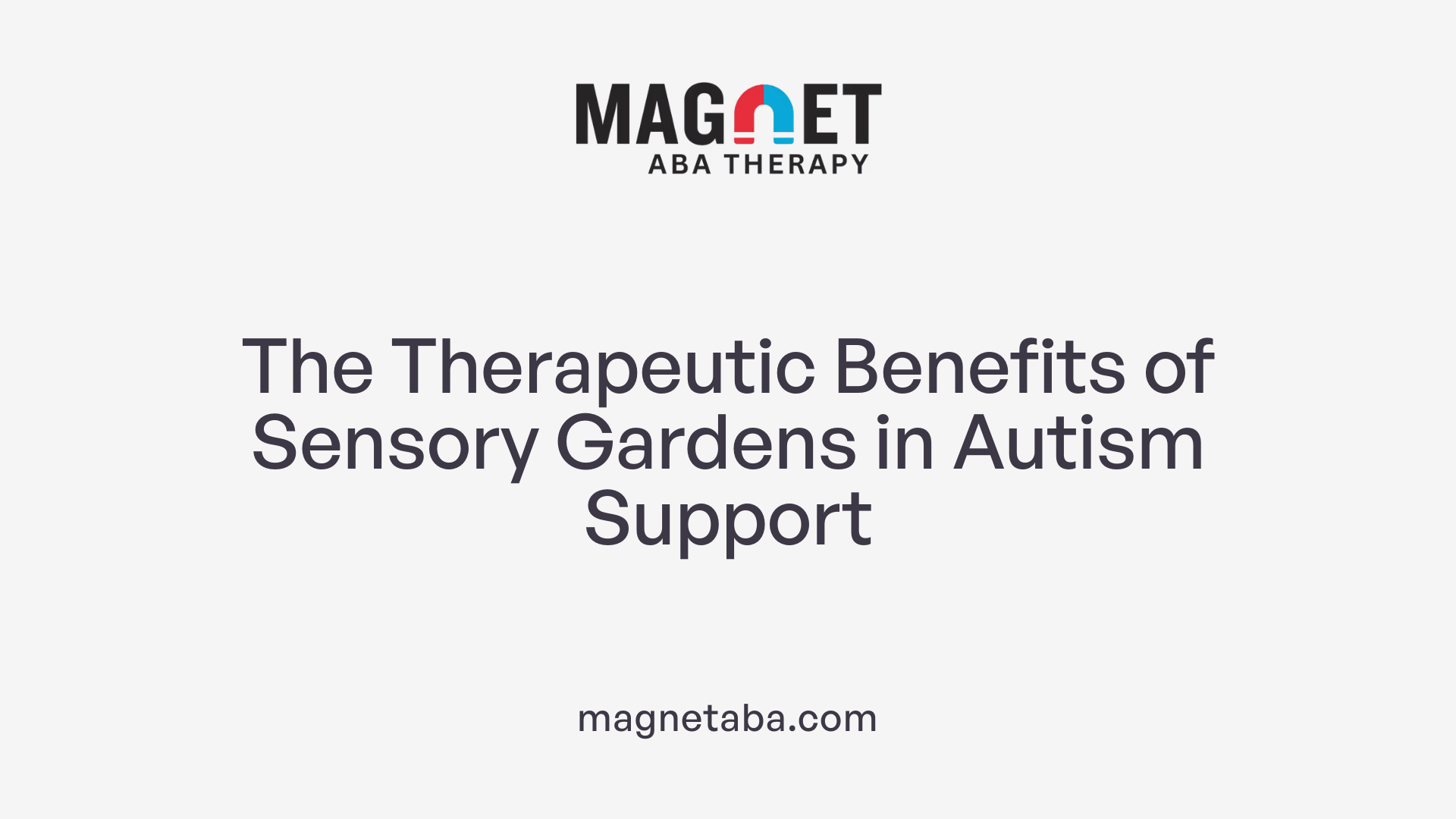
What is the role of sensory gardens in autistic children?
Sensory gardens are specially designed outdoor spaces that offer targeted sensory experiences to support children with autism spectrum disorder (ASD). These gardens serve multiple functions, including reducing stress, promoting calmness, and encouraging exploration.
At the heart of sensory gardens is their ability to stimulate and soothe the senses through engaging features like water elements, textured surfaces, fragrant plants, and gentle soundscapes. For example, the sensory garden at The Els Center of Excellence in Florida includes customized areas focusing on sight, smell, touch, taste, sound, and movement (vestibular and proprioception). This comprehensive sensory approach helps children manage anxiety, enhance emotional regulation, and develop greater sensory awareness.
Beyond relaxation, these gardens foster active engagement and social interaction. They offer safe environments where children can explore at their own pace and participate in therapeutic activities. Special features such as tactile paths, water spheres, and sensory panels are incorporated to meet diverse sensory needs while ensuring safety.
Overall, sensory gardens contribute to a child's emotional, sensory, and physical wellbeing. They provide accessible, inclusive outdoor environments that support development, encourage independence, and improve quality of life. As therapeutic tools, these gardens have the potential to enhance sensory integration, promote relaxation, and facilitate social learning, making them vital components of autism support and community inclusion initiatives.
Supporting Emotional and Behavioral Regulation through Sensory Environments
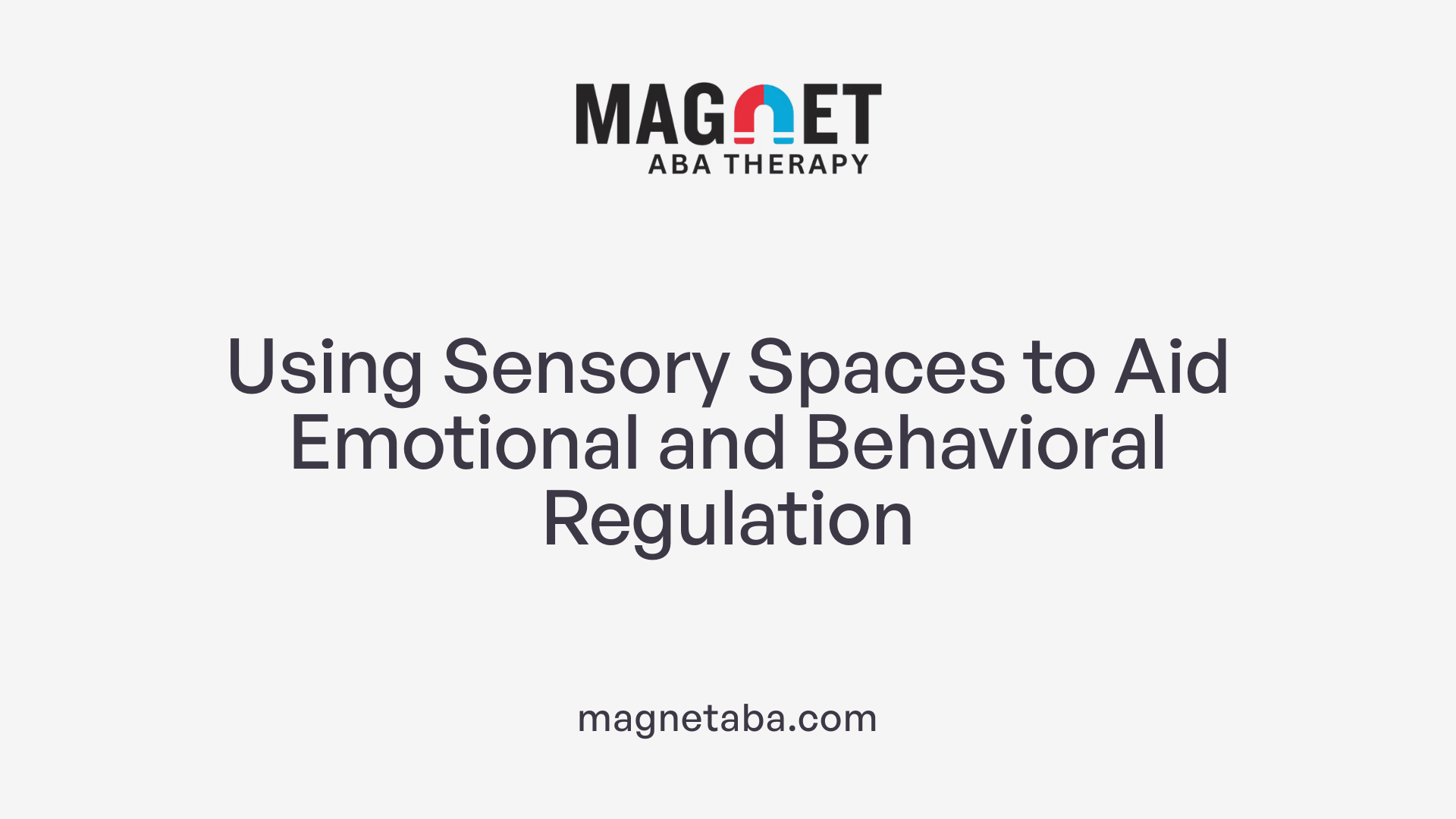
How do sensory spaces assist with emotional regulation?
Sensory environments are instrumental in helping individuals, especially those with autism and sensory processing challenges, manage their emotions effectively. These spaces are thoughtfully designed to reduce overwhelming stimuli, offering a calming atmosphere with dimmable lighting and sound-absorbing materials. Quiet zones and sensory tools such as weighted blankets and fidget toys provide comfort and a means to self-soothe.
By creating a safe haven where sensory input can be controlled, these environments help prevent emotional overload that might otherwise lead to meltdowns or shutdowns. When individuals feel less distressed, they are better able to focus, communicate, and interact socially. The calming elements present in sensory spaces, such as soft lighting and gentle sounds, further aid in mood regulation and relaxation.
Use of tools like weighted blankets, calming sounds, and visual supports
Incorporating specific tools enhances the calming effect of sensory environments. Weighted blankets apply gentle, deep pressure that mimics a comforting hug, which can stabilize mood and reduce anxiety. Calming sounds, including white noise, nature sounds, or soft music, help create a serene environment conducive to relaxation.
Visual supports like picture schedules or calming imagery assist individuals in understanding routines and expectations, reducing uncertainty and frustration. Sensory walls with various textures or visual cues foster tactile exploration and engagement, supporting emotional regulation.
Incorporating sensory strategies into daily routines
Integrating sensory strategies into daily routines promotes consistent emotional regulation and supports overall well-being. This can include scheduled sensory breaks during work or school, where individuals can use calming tools or engage in physical movement activities like stretching or swinging.
Establishing predictable routines with designated quiet times and sensory-friendly spaces helps individuals anticipate changes and manage transitions more smoothly. Educators and caregivers can collaborate with occupational therapists to develop individualized plans that incorporate preferred sensory activities, ensuring that emotional regulation becomes a natural part of everyday life.
How sensory spaces help with sensory processing differences and improving quality of life
Sensory spaces mitigate the excess or deficient sensory input common in individuals with conditions like autism. By tailoring environments to meet specific sensory needs—such as soft lighting, reduced noise, and tactile-friendly materials—they significantly decrease sensory overload, which can cause stress, anxiety, and behavioral challenges.
These spaces are not just about calming down but also about empowering individuals to manage their sensory experiences independently. Creating accessible sensory environments fosters comfort, enhances focus, and supports social participation. As a result, they improve overall quality of life, promoting independence, dignity, and inclusion in various settings like schools, community centers, and public venues.
Public and Community Support for Sensory-Friendly Design
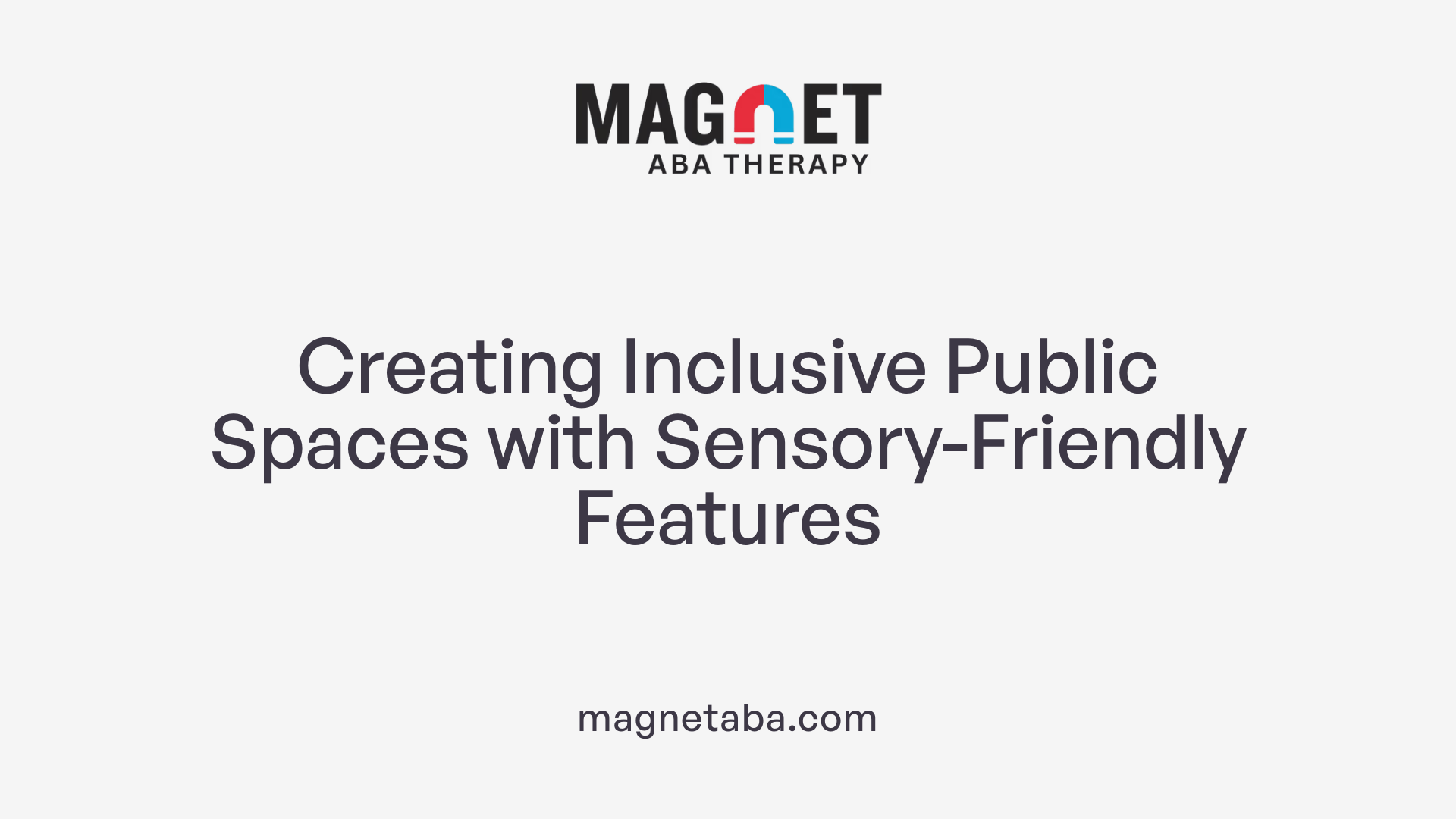
Examples of sensory-friendly experiences at museums, theaters, and airports
Many public venues are embracing sensory-friendly designs to support individuals with sensory processing challenges. Museums often hold sensory-friendly days where activities are adapted to reduce overwhelming stimuli, such as dimmed lights, lowered sounds, and designated quiet zones. Certain theaters now offer sensory-friendly performances, adjusting lighting and sound levels, and providing designated calm spaces for moviegoers who may need a break.
Airports are also creating sensory-friendly initiatives, including sensory rooms equipped with calming lights, tactile objects, and noise reduction tools. These spaces help travelers, especially children with autism, manage sensory overload and reduce travel anxiety. Additionally, sensory-friendly signage and clear pathways make navigation easier for neurodivergent visitors.
Benefits for neurodivergent individuals in public spaces
Creating sensory-friendly environments in public spaces significantly improves accessibility and inclusivity. Individuals with sensory sensitivities experience less distress and anxiety, enabling them to participate more comfortably in community activities. These adaptations foster social inclusion by making cultural and entertainment venues accessible to all.
School and community programs that incorporate sensory-friendly practices also support emotional regulation and independence. By reducing sensory triggers, these spaces help prevent meltdowns, promote better focus, and enhance overall well-being. In a broader sense, they cultivate understanding and empathy within society, demonstrating respect for diverse sensory needs.
Guidelines and best practices for creating inclusive public environments
To develop truly inclusive spaces, organizations should prioritize sensory assessments to identify potential challenges. Practical steps include:
- Using softer, adjustable lighting to prevent glare
- Installing soundproofing and providing noise-canceling devices
- Offering designated quiet zones and calming corners
- Incorporating visual supports and clear signage
- Training staff to recognize and assist visitors with sensory needs These strategies help create welcoming environments where neurodivergent individuals feel safe and valued.
Table 1: Examples of Sensory-Friendly Public Spaces
| Venue Type | Adaptations | Purpose | Impact |
|---|---|---|---|
| Museums | Sensory days, tactile exhibits, dimmed lights | Reduce sensory overload | Increased access and participation |
| Theaters | Sensory-friendly performances, calm zones | Foster inclusion in entertainment | Broader audience engagement |
| Airports | Sensory rooms, clear signage, quiet lounges | Alleviate travel anxiety | Smoother travel experience |
By implementing these practices, public and community spaces become more inclusive, supporting the diverse sensory needs of all visitors and enriching societal understanding of neurodiversity.
Conclusion and Future Directions in Sensory Space Design
The evolving understanding of sensory needs in autism
As awareness of sensory processing differences grows, so does the recognition of the importance of designing sensory-friendly spaces. These environments are no longer considered optional but essential in fostering inclusivity, reducing distress, and supporting independence for individuals with autism and other sensory sensitivities. Advances in understanding how sensory inputs affect mood, focus, and behavior inform ongoing improvements in sensory space design.
The importance of ongoing research and adaptation
Ongoing research plays a vital role in refining sensory space concepts. New studies highlight effective strategies such as adjustable lighting, soundproofing, and tactile elements tailored to individual needs. Regularly updating sensory environments with the latest evidence-based practices ensures they remain functional, safe, and inviting. Innovations like dynamic sensory rooms and multimodal tools continue to emerge, enriching options for diverse sensory profiles.
Encouraging societal acceptance and support for sensory-friendly environments
Creating a broader societal shift toward acceptance involves educating communities about sensory differences and promoting the value of sensory-friendly spaces. Public institutions, schools, and workplaces adopting these designs demonstrate societal valuation of neurodiversity. Enhanced awareness also encourages policy development, funding, and inclusion initiatives that make sensory-friendly options widely accessible.
The future of sensory-friendly design for autism support is promising, driven by continuous research, technology, and societal commitment. As environments become more adaptable and inclusive, they will better serve individuals’ needs, fostering understanding, participation, and overall well-being in every aspect of community life.
Advancing Inclusive Environments for Autism Support
Creating sensory-friendly spaces is a fundamental step toward fostering inclusive communities that accommodate the diverse sensory needs of autistic children and adults. As understanding of sensory processing differences deepens, ongoing innovation, evidence-based practices, and societal commitment are essential to expand access and effectiveness of these environments. From classrooms and therapeutic rooms to public venues and community gardens, sensory-friendly design not only improves quality of life but also embodies societal values of acceptance, understanding, and support for neurodiversity. By continuing to develop and promote these spaces, we move closer to a world where every individual, regardless of sensory sensitivities, can participate fully and confidently.
References
- Creating Sensory-Friendly Spaces: A Guide for Educators and Parents
- The Impact of Sensory-Friendly Spaces on Autistic Individuals -
- Sensory-Friendly Spaces | Reading Rockets
- Sensory Room Ideas for Children with Autism - PediaPlex
- Supporting Sensory Diversity: Building Inclusive Classrooms
- What Is a Sensory-Friendly Environment?
- 9 Tips on How to Create a Sensory Room for Autism

